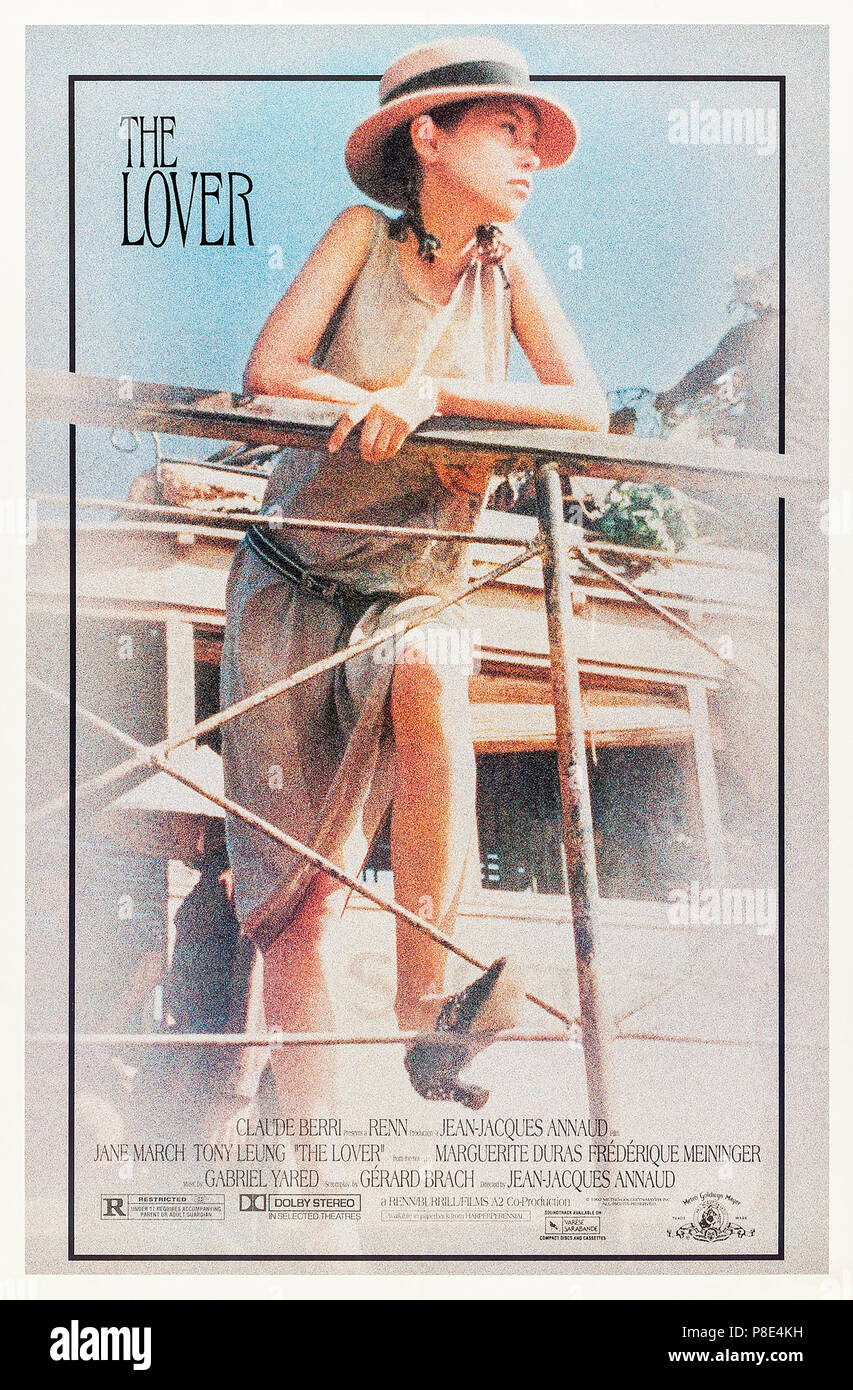

Why – above all – the family has washed up there in such straightened circumstances.Īll this is effectively done. Part One is eventful, kicking off with the fight, and a death, and then dipping around in time as Francine recounts what is going on at the farm, and why – why Nicolas married Clémence, the “stupid and ugly” servant girl why he now consorts with beautiful Luce Barragues from the nearby village why Tiène is so firmly established in the household. It seems that the editor at Gallimard who took on The Easy Life had his doubts, complaining of “a muddled narrative” and “lack of control”. So, a nicely dysfunctional family, and the backdrop for Francine’s narrative, which fills out past and present in the pared-down Duras style. Francine, who is a participant but also the detached observer, is in love with Tiène, the lodger. Jérôme was responsible for the family’s departure in disgrace from an earlier prosperous town life he had been sleeping with Clémence. With this first death the climate is established of a ménage fraught with resentment, suspicion and betrayal.

A seventh incumbent, uncle Jérôme, is disposed of in the first few pages, killed in a fight with Nicolas. The Easy Life centres on an isolated farming family: parents, son Nicolas, daughter-in-law Clémence, daughter Francine the narrator, and lodger/farmhand Tiène. And it features one of the compelling themes of Duras’s own life: her passionate attachment to a brother who died young, a year before she wrote the novel. Duras often plundered her own life for subject matter: in The Easy Life she turns to the remote village in south-east France from which her father had come and which she had visited as a teenager. In The Easy Life, the first English translation of her second novel, published in France in 1944, the quintessential Duras tone is already here – stripped-down staccato sentences, remorseless introspection.ĭuras is best known today for The Lover, a novel written when she was 70 a fictional version of her own youthful love affair in French Indochina (today’s Vietnam) with a Chinese Vietnamese man, it won the Prix Goncourt and was made into a successful film.

To scroll through her bibliography is to pull up a mass of novels, stories, plays, screenplays, in a creative lifespan from 1943 until her death in 1996. M arguerite Duras was a literary phenomenon.


 0 kommentar(er)
0 kommentar(er)
